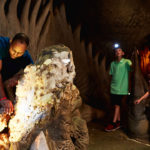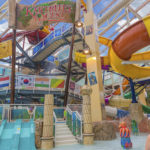Radio Frequency Identification (RFID) technology is finding new uses in the recreation and attractions industries.
March 2017
Look Ma, No Hands! The Magic of RFID Wristbands

Radio Frequency Identification (RFID) technology is finding new uses in the recreation and attractions industries.
While the technology (data tracking microchips) can be applied in many ways, RFID wristbands have been particularly significant in the waterpark and ski industries because of the need for waterproof, durable, hands-free identification and security.
RFID technology is increasingly being implemented at active lifestyle properties as operators aim to create the best experience for their guests.
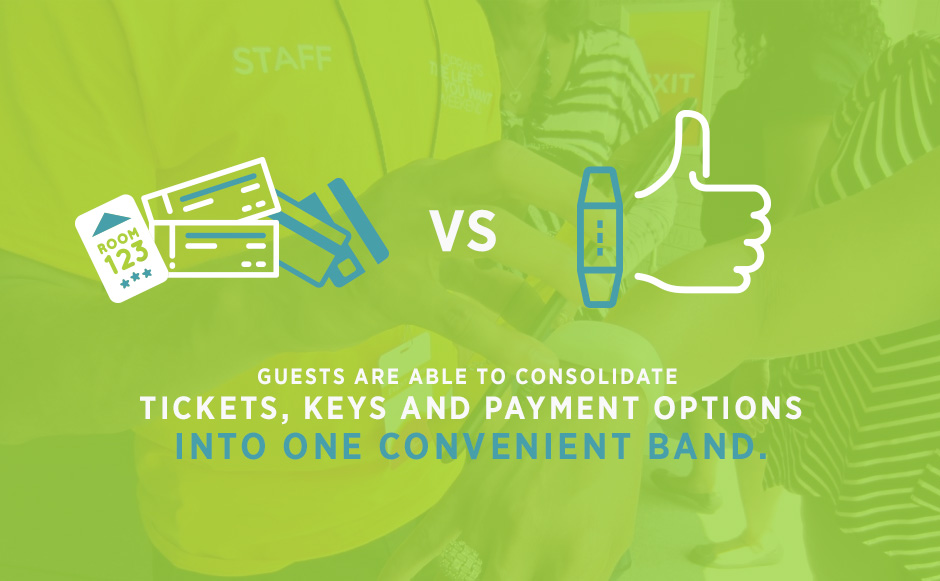
CONVENIENCE
The use of RFID technology—most commonly embedded in wristbands and badges—allows for a variety of data, including currency, to be stored in one small wearable place, freeing guests to experience a day of fun without the hassle of their personal belongings.
FUNWORLD magazine reported on the value of RFID wristbands at waterparks in 2014, stating that “freeing guests from the necessity of carrying keys, cash, and credit cards—and the purses/wallets to carry them—definitely reduces guests’ stress and enhances their ability to enjoy the water park. Having credit easily available via these wristbands also boosts impulse spending on rides, food service, and retail.”
While wristbands can make spending easy, guests are also able to set spending limits, ensuring greater control over the budget as a vacation or park visit progresses.
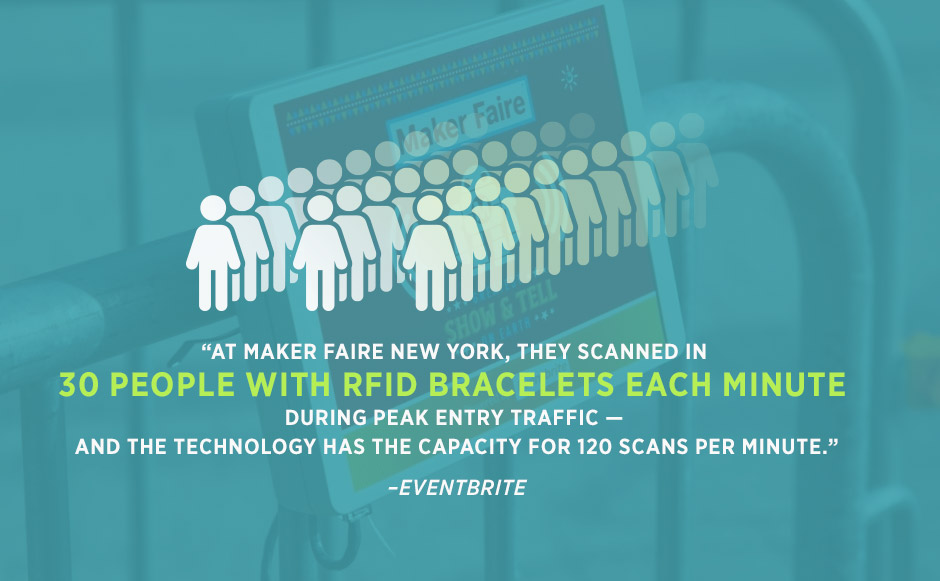
LESS TIME IN LINE
No one likes waiting in line, and the lines in the attractions-based industries are often a leading cause for customer complaint. RFID technology has allowed guests at waterparks to queue up at a kiosk using only their RFID wristband, then report to the slide, ride or slope once it’s their turn. This frees a guest up for a day of enjoyment rather than a day of waiting.
RFID wristbands have also been widely adopted by major music festivals and other events with large attendance numbers. Because RFID doesn’t require a person to scan anything, the amount of people scanned per minute skyrockets as the delays of human error are eliminated.
And when it comes to food and beverage sales, reducing bottlenecks and long wait times could mean increased sales.
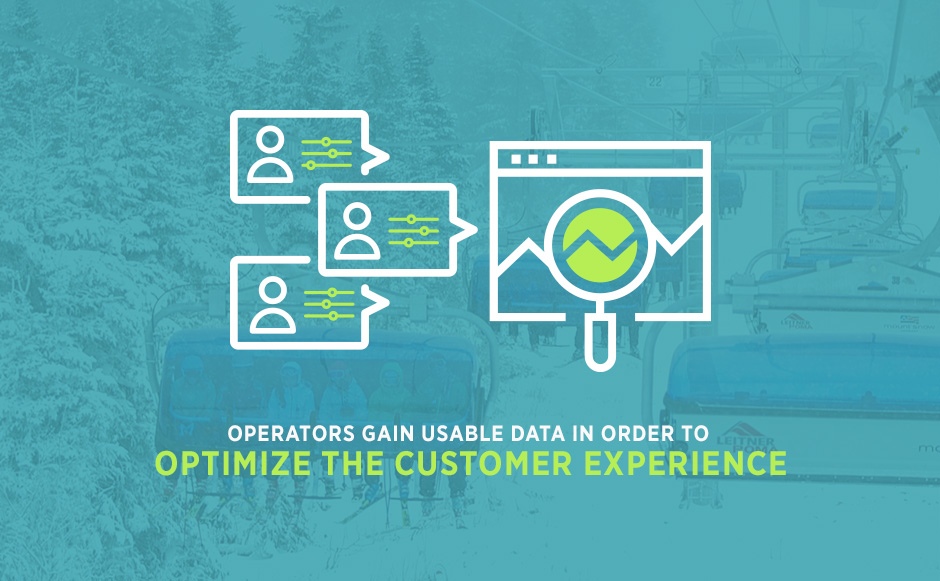
INSIGHT
The RFID microchip provides operators with valuable insight on a variety of guest behaviors so experiences can be constantly refined and processes streamlined—even in real time.
For instance, the technology allows operators to analyze patterns of foot traffic for different attractions, lifts, trails, or concession areas. The responses can be fast and effective, and the insight gained by operators can be used to customize their guests’ experiences. Certain attractions even store historical information on how a guest performed (if the guest consents), allowing for a unique experience based on past visits.
This information can then be used to optimize everything from merchandising and staffing to personalized guest experiences.

CONNECTION
RFID technology connects people to their immediate environment and to the world beyond. Guests can link their RFID wristband or badge to their social media profiles, making it easy to post updates in real time. This capability is fun for guests and advantageous for operators, who enjoy the benefit of free advertising across social media platforms like Facebook, Twitter, and Instagram.
Enabling guests to easily share pictures and favorite stops during their visit can expand an operator's presence on social media.

CONTROL
For the ski industry, a reduction in fraudulent passes has been attributed to the introduction of RFID technology. Though the implementation of RFID was initially intended to better the guest experience, it had the added benefit of easily identifying ticket fraud: Vail Resorts’ identification of fraudulent passes more than doubled after it introduced its RFID-based smart pass.
For operators, RFID technology prevents lost revenue from ticket fraud and provides greater control over property access, as RFID chips are virtually impossible to duplicate.
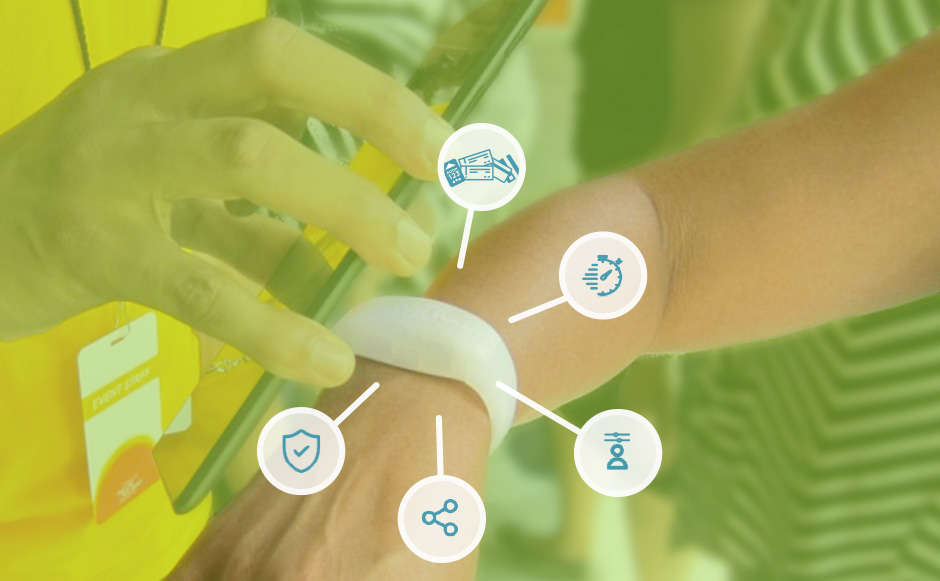
In the recreation and attractions industries, customer experience is the most important factor for both operators and their guests.
Because return visits are contingent on guest satisfaction, keeping an experience positive in every way helps keep the bottom line strong. RFID technology is just one tool operators are employing in their efforts to create the best customer experience, but it's a tool with far-reaching benefits.
While we're just beginning to see the outcomes of RFID implementation in traditionally ticket-based industries, it's clear that RFID is being used to streamline the various factors that continue to make a day out worth writing home about—on Twitter, of course.

- Full Screen
Radio Frequency Identification (RFID) technology is finding new uses in the recreation and attractions industries.
While the technology (data tracking microchips) can be applied in many ways, RFID wristbands have been particularly significant in the waterpark and ski industries because of the need for waterproof, durable, hands-free identification and security.
RFID technology is increasingly being implemented at active lifestyle properties as operators aim to create the best experience for their guests.

- Full Screen
![]()
CONVENIENCE
The use of RFID technology—most commonly embedded in wristbands and badges—allows for a variety of data, including currency, to be stored in one small wearable place, freeing guests to experience a day of fun without the hassle of their personal belongings.
FUNWORLD magazine reported on the value of RFID wristbands at waterparks in 2014, stating that “freeing guests from the necessity of carrying keys, cash, and credit cards—and the purses/wallets to carry them—definitely reduces guests’ stress and enhances their ability to enjoy the water park. Having credit easily available via these wristbands also boosts impulse spending on rides, food service, and retail.”
While wristbands can make spending easy, guests are also able to set spending limits, ensuring greater control over the budget as a vacation or park visit progresses.

- Full Screen
![]()
LESS TIME IN LINE
No one likes waiting in line, and the lines in the attractions-based industries are often a leading cause for customer complaint. RFID technology has allowed guests at waterparks to queue up at a kiosk using only their RFID wristband, then report to the slide, ride or slope once it’s their turn. This frees a guest up for a day of enjoyment rather than a day of waiting.
RFID wristbands have also been widely adopted by major music festivals and other events with large attendance numbers. Because RFID doesn’t require a person to scan anything, the amount of people scanned per minute skyrockets as the delays of human error are eliminated.
And when it comes to food and beverage sales, reducing bottlenecks and long wait times could mean increased sales.

- Full Screen
![]()
INSIGHT
The RFID microchip provides operators with valuable insight on a variety of guest behaviors so experiences can be constantly refined and processes streamlined—even in real time.
For instance, the technology allows operators to analyze patterns of foot traffic for different attractions, lifts, trails, or concession areas. The responses can be fast and effective, and the insight gained by operators can be used to customize their guests’ experiences. Certain attractions even store historical information on how a guest performed (if the guest consents), allowing for a unique experience based on past visits.
This information can then be used to optimize everything from merchandising and staffing to personalized guest experiences.

- Full Screen
![]()
CONNECTION
RFID technology connects people to their immediate environment and to the world beyond. Guests can link their RFID wristband or badge to their social media profiles, making it easy to post updates in real time. This capability is fun for guests and advantageous for operators, who enjoy the benefit of free advertising across social media platforms like Facebook, Twitter, and Instagram.
Enabling guests to easily share pictures and favorite stops during their visit can expand an operator's presence on social media.

- Full Screen
![]()
CONTROL
For the ski industry, a reduction in fraudulent passes has been attributed to the introduction of RFID technology. Though the implementation of RFID was initially intended to better the guest experience, it had the added benefit of easily identifying ticket fraud: Vail Resorts’ identification of fraudulent passes more than doubled after it introduced its RFID-based smart pass.
For operators, RFID technology prevents lost revenue from ticket fraud and provides greater control over property access, as RFID chips are virtually impossible to duplicate.

- Full Screen
In the recreation and attractions industries, customer experience is the most important factor for both operators and their guests.
Because return visits are contingent on guest satisfaction, keeping an experience positive in every way helps keep the bottom line strong. RFID technology is just one tool operators are employing in their efforts to create the best customer experience, but it's a tool with far-reaching benefits.
While we're just beginning to see the outcomes of RFID implementation in traditionally ticket-based industries, it's clear that RFID is being used to streamline the various factors that continue to make a day out worth writing home about—on Twitter, of course.










